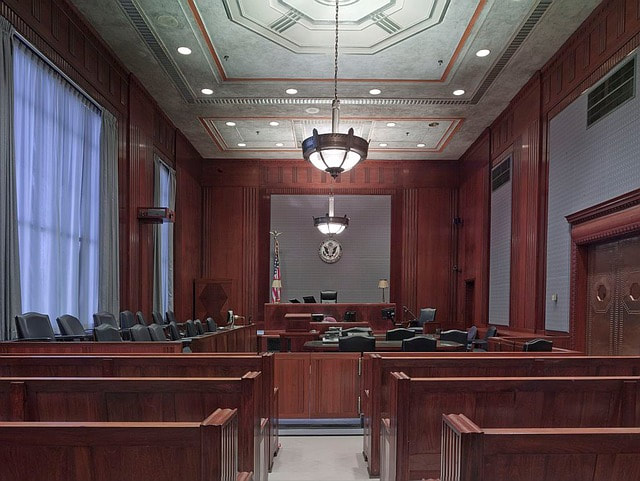Law, Family Law and Rules of Evidence: How It is Supposed to Work
In order for fairness to prevail in any legal system, specific rules are created that seek to reduce or eliminate bias in the application of whatever law is being utilized. Laws or statutes are applied via specific rules that govern their use. Without these governing rules, the application of the same statute could and likely would have many varying outcomes.
The voluminous legal texts that comprise law libraries everywhere contain the thousands of rules that outline how the law is to be applied, as well as how these rules have been applied in specific cases.
These rules are organized into levels beginning with the most general, then moving into more specific areas.
On the most general level, all 50 states begin with what is typically referred to as the “Evidence Codes,” which spell out the most basic rules of litigation. An example of this would be rules that specify what communications are privileged or confidential, and which are not. The are the most basic building blocks for the creation of more specific rules. As one then moves to the next level of specificity on the path to the Family Law system, the set of rules to follow are typically termed the “Rules of Civil Procedure.”
These are the rules utilized in the civil litigation process in general. Examples of these rules include those that describe how motions are to be filed, how witnesses may be deposed, and how appointees of the court are to interact with the court and with the attorneys, and so on.
Within the context of the Family Court system, specific Rules of Evidence also exist which govern issues related to divorce, as well as to how children’s interests are to be preserved and protected.
They are written with specific sensitivity to the unique questions associated with the divorce context. There are rules about how evaluations to determine custody should be handled, how expert witnesses are to interact with the parties and with the court, how and whom may be deposed, and how other sources of information may be entered into evidence.
There are rules that decide when a custody evaluation should be ordered, as well as when one should not. As in other aspects of law, these rules are designed to create a consistent roadmap to aid the court in making impartial, unbiased decisions. They are written and designed towards the goal of maintaining the blindness of justice, untainted by emotion and bias.
For purposes of this discussion, these multiple levels of rules, literally numbering in the thousands, will be referred to generically herein as the “Rules of Evidence.”
These multiple systems of rules and checks and balances are the blindfold for “blind justice.” They govern how the various statutes or laws are applied within the judicial system. They are the stuff that create the objections heard in court, which are either sustained or overruled by judges daily throughout this country. They comprise the boundaries and limits of how one may present a case in court, and are intended to eliminate bias and prejudgment. They are the bedrock of our entire system of jurisprudence.
The Family Law system however differs from its counterparts such as criminal law, probate law, disability law, and administrative law.
The Family Law system must serve two masters. Like the other branches of law, Family Law must adhere to the various rules of evidence as noted above, but it must also balance that with a unique and separate responsibility. That is, within the strictures of the various rules of evidence, the Family Court Judge must somehow balance their application with a concept that is referred to as “The Best Interest of the Child.”
While this phrase was first used in the 1970’s to signify that fathers could now be considered as equal candidates for custody of their children, the phrase currently is applied to the generalized notion that all decisions made by the court are to made with the primary focus being according to what is best for the children, which may be inconsistent with what may be perceived to be best for the parents. By so being, the rights of parents are made secondary to what would be best for the child.
While this may not seem to be a difficult or unreasonable task, its application has the potential to compete with the Rules of Evidence. When this is the case, the court has the option to avoid or lessen its application of the Rules of Evidence.
This has a profound impact on how the entire system actually operates.
We will cover the topic of Law, Family Law and Rules of Evidence: How It Actually Works in my next blog.
Schedule a Parental Alienation Consultation with Dr. Bone
Get help regarding your specific Parental Alienation problem through an Initial Consultation with Dr. Bone, a National Level Expert. Book a consultation here.

 RSS Feed
RSS Feed